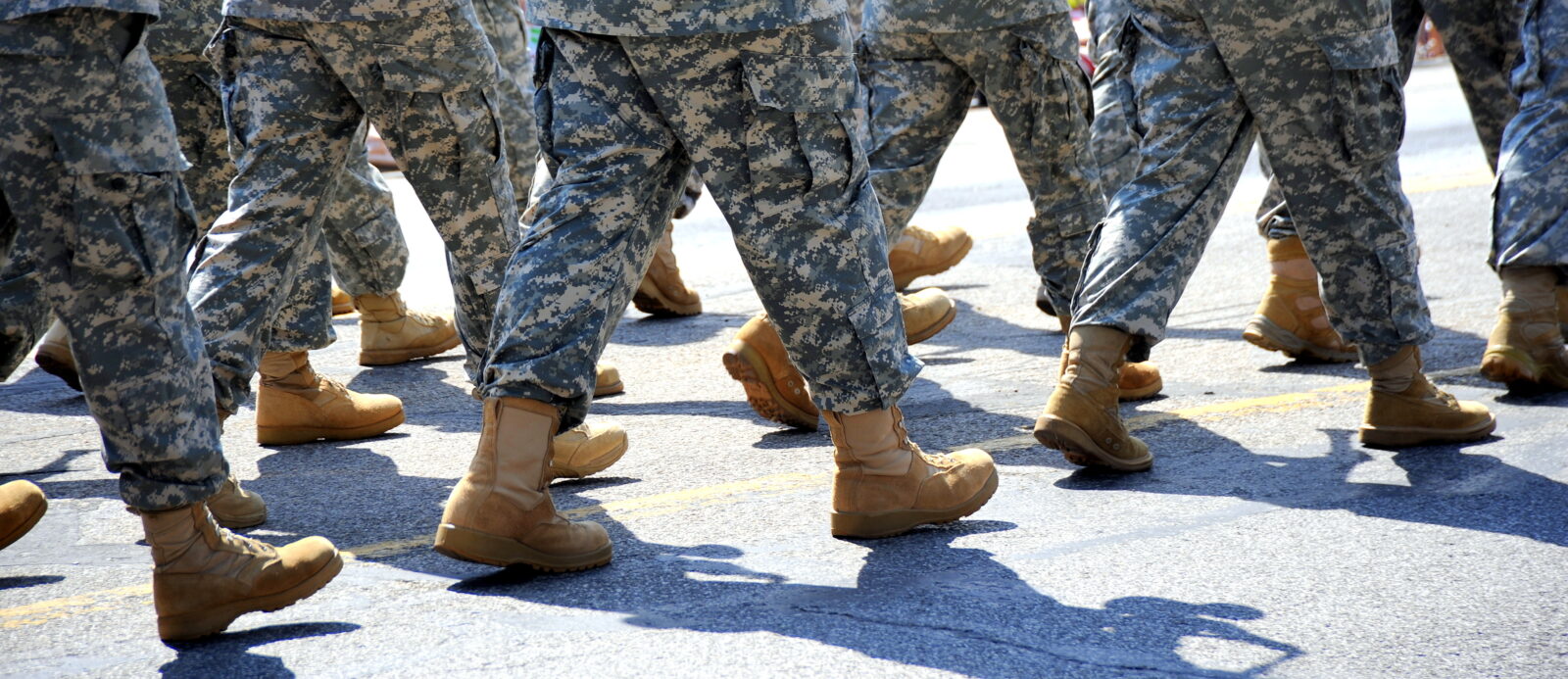Nuclear winter and military women
Originally published at The Washington TimesLet’s consider the possibility that women-in-combat may do to radical feminism what Nuclear Winter did to the anti-nuclear left 10 years ago. But first, let us recall just what that curious phenomenon was.
In the 1980s, the anti-nuclear left got strange. A series of unworkable disarmament proposals, from the “Nuclear Freeze” to outright abolition, failed to mobilize the masses residing on that narrow bridge between Amtrak’s Northeast Corridor and the Peoples Republic of Berkeley. Nor did all those overhyped and hyper-talk-showed psychological studies which proved (by surveying the shrinks, kids and playmates) that fear of nuclear war was responsible for everything from rising adolescent suicide rates to falling test scores.
So they decided to terrorize the adults, via Hollywood special effects extravaganzas and traveling road shows (Helen Caldicott’s Chamber of Horrors comes to mind) depict the nuclear conflict that Ronald Reagan intended upon leaving as his legacy. America yawned.
But then a group of scientists known as “Sagan et al” came up with Nuclear Winter. The idea, briefly, was that nuclear war could blow enough smoke, dust, and particulate matter into the atmosphere to block out the sun for several months, lowering temperatures catastrophically and leading perhaps to the end of human life on earth.
As science, Nuclear Winter turned out to be trash. Not only had “Sagan et al” offered an unrealistically high soot-and-dust estimate, but their assessment of weather actions conveniently neglected the difference between processes over water and land, as well as between day and night. Nuclear Winter collapsed almost before the ink on the press releases was dry.
Yet the anti-nuclear left continued to defend it. Psychiatrist Robert Jay Lifton claimed that Nuclear Winter “serves us well as an image.” Less forgivably but more to the point, Freeman Dyson, a world-class physicist with weapons experience, wrote: “Nuclear winter is not just a theory. It is also a political statement with profound moral implications. As a scientist I want to rip the theory of nuclear winter apart. As a scientist, I judge the nuclear winter theory to be a sloppy piece of work, full of gaps and unjustified assumptions. As a human being I fervently hope that it is right. Survival is after all more important than accuracy.”
In other words: The facts matter less than the movement. And there it was, the dirty little secret that had never really been a secret, revealed for all who cared to see.
Which brings us to Nuclear Winter, type-feminist.
Radical (as opposed to liberal) feminism has always defined men as The Enemy. The fundamental issue is power, not equality or sharing. For several decades, radical feminism has perfected its weapons. Endless rage and calculated indignation (Anita Hill, good; Paula Jones, bad). A policy of “Never Forgive and Never Forget.” Exploit every advance to the max. And keep the accusations coming.
For decades, it worked. But, in recent years, bad accusations have been driving out good. Cries of childhood abuse suddenly recollected, date rape, insensitivity, and the rest of the catalogue no longer garner the uncritical sympathy and credence they once did. Too many acquittals, too many recantations, too much hype, too many repetitions. America’s starting to yawn.
And that is what makes the women-in-combat issue so critical in the larger culture war. Unlike so many other areas, there the sky cannot survive the facts. The more that is learned about the real-world effects of placing women in combat positions and aboard ships — lowered standards, loss of discipline and cohesion, fraternization, pregnancy — the less effective the cries of “equality at any cost” become. And the more that is learned about the sheer ferocity of the radical feminist assault upon the military, the less appeal the accusers and demanders have.
It’s already happening, if you know how to read the early signs. In the aftermath of Adm. Boorda’s suicide, the New Yorker (no bastion of conservative stodge) ran a long, well-researched, and eminently fair piece on women in the Navy. For almost the first time in the prestige media, questions were raised. A recent episode of the TV series “JAG” featured an incompetent woman pilot, an overbearing feminist congresswoman, and a male officer determined to maintain standards of performance. Even the good folks on Capitol Hill are exercising their eyebrows. And it is becoming apparent even to those who didn’t care to admit it before, that the real radical feminist position is simply, “We want it because we want it, (though not necessarily for ourselves) and if we have to destroy lives, careers, and institutions to get it, we will.”
Still, the nakedness of this particular empress won’t destroy radical feminism, any more than the anti-nuclear left’s nudity brought about its demise. What really wrecked the anti-nuclear left was the fact that, while they were posturing and preening, other people — Ronald Reagan especially — were solving the problem, applying the final pressures that wrecked the Soviet Union and began that still-too-slow but ever-wondrous nuclear stand-down. Nuclear peace was his legacy, not the left’s.
And so it will be with relations between the genders, in all issues, including women-in-combat. The screaming will go on, ever less effectively, while other women and other men, less concerned with dominance than with sharing, solve the problem honorably, effectively, and in good and mutual faith.
